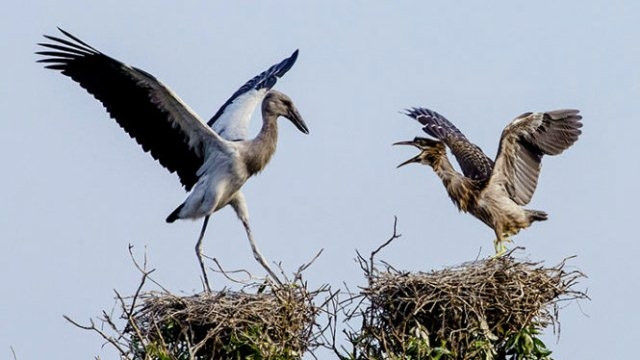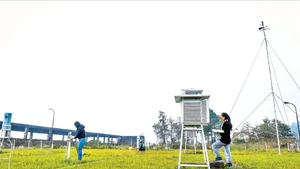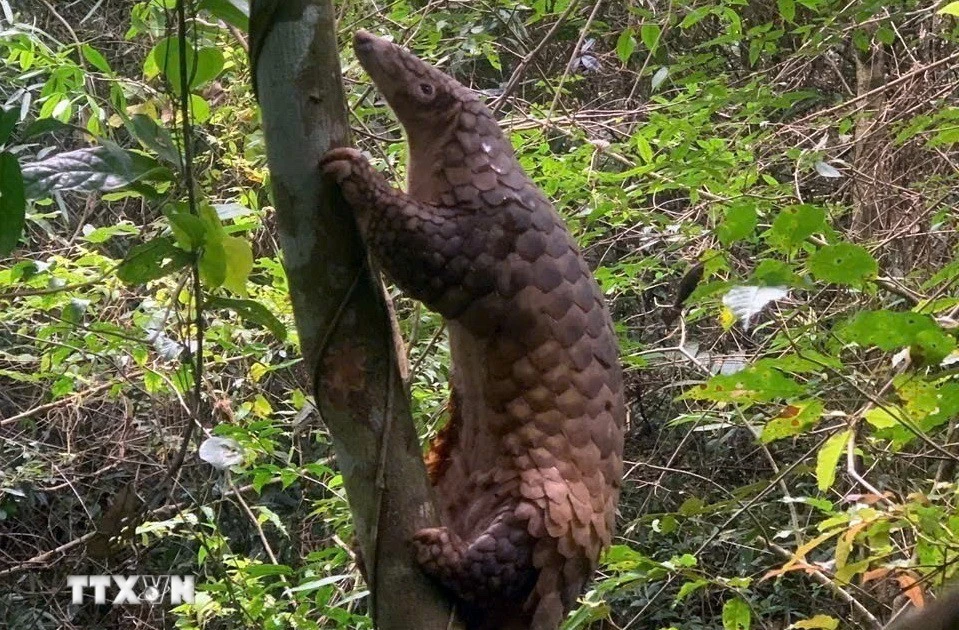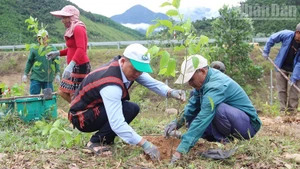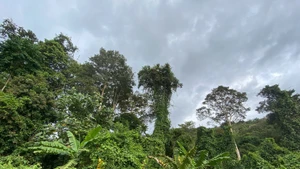While the Gao Giong Forest recorded about 2,000 storks in 2014, more and more have arrived in the site recently.
In the past, they flew to the forest to find food and then left, but now the birds have been building nests here, said Hien.
The heavy, gentle storks are an easy target for hunters and predators as they hunt for food in rice fields, rivers and lakes.
They inhabit South and Southeast Asian countries including India, Sri Lanka, Nepal, Myanmar, Thailand, Laos, Cambodia and Vietnam.
In Vietnam, the storks are known as co nhan (swallow) or co oc (snail storks) since they mainly eat snails. They also eat frogs, crabs, large insects and other small living things. They are mostly found in the country’s southwestern region.
According to the Vietnam Association for the Conservation of Nature and Environment, the number of storks has decreased sharply in recent years, putting them on the verge of extinction.
The Gao Giong Ecotourism Site covers 1,600ha and is home to millions of birds.
